What is ERC20?
ERC20 is a standard used to create various types of tokens on the Ethereum blockchain platform. It consists of a set of rules that tokens developed on Ethereum must adhere to in order to ensure compatibility and standard functionality.
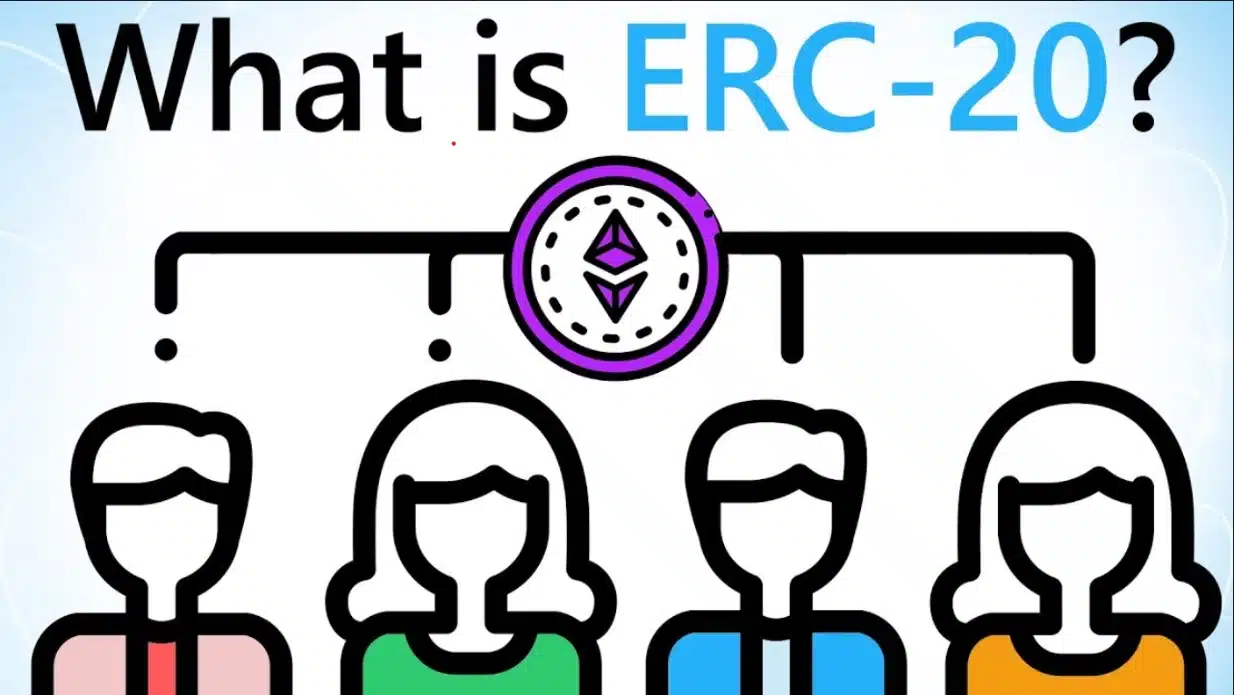
In simple terms, ERC20 can be understood as a technology tailored for smart contracts on the Ethereum platform. Besides ERC20, there are also other standards such as ERC777, ERC721, ERC948 used for different purposes.
What is ERC20 standard?
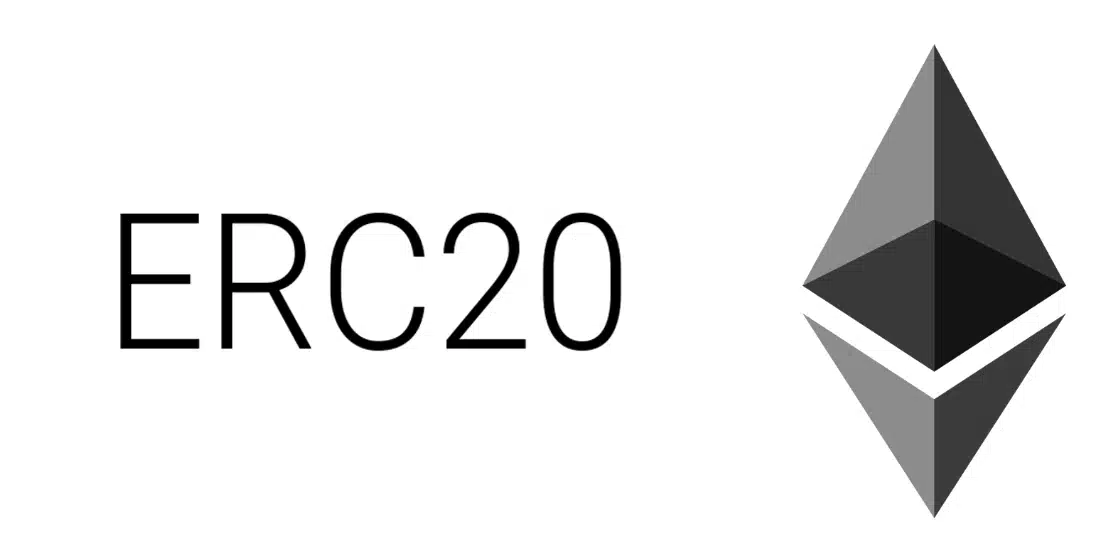
The structure of the ERC-20 standard includes 9 mandatory functions:
- Name: Token identifier to distinguish it from other tokens and avoid duplication.
- Symbol: Symbol representing the token, which may be the same among different tokens.
- Decimals: The smallest decimal point that the token can be divided into during transactions.
- TotalSupply: The total number of tokens that the smart contract is capable of creating.
- BalanceOf: Function to check the token balance in a specific address’s wallet.
- Transfer: Function to transfer tokens from one wallet address to another.
- TransferFrom: Function allowing the transfer of tokens from one wallet address to another through authorization.
- Approve: Function enabling token owners to grant permission to another wallet address to conduct transactions on their behalf.
- Allowance: Function allowing checking the amount of tokens that a wallet address is permitted to transfer from another wallet address.
By combining these functions, users can create an ERC-20 token compatible with smart contracts, providing capabilities such as querying the total supply, checking balances, conducting transactions, and managing allowances.
Importance of ERC20
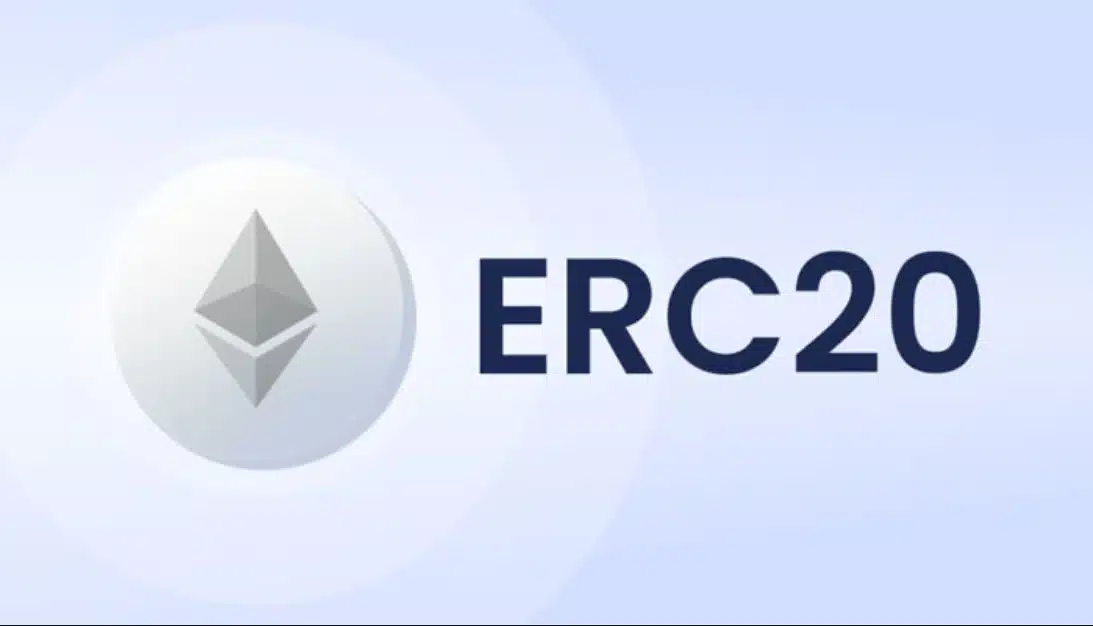
The ERC-20 standard is the most widely adopted standard in the crypto market in general and the Ethereum network in particular, with thousands of tokens using this standard. Its applicability and importance to the crypto space are undeniable.
As per the EIP-20 proposal, an ERC-20 token is created through a smart contract, ensuring that transactions occur only when and if the terms in the smart contract are met. This helps prevent fraudulent transactions, enhancing transparency and security.
The interaction with smart contracts is a crucial factor, and the ERC-20 standard is designed to meet this need. This facilitates easier and safer transactions and participation in financial activities on the Ethereum network.
Under EIP-20, developers can use APIs to integrate ERC-20 rules into decentralized applications (dApps) in the decentralized finance (DeFi) sector. This helps expand the Ethereum ecosystem and provides favorable conditions for the development and usage of the ERC-20 standard.
Related: What is Metaverse? Everything You Need to Know About This Future Technology
What is ERC20 Wallet?
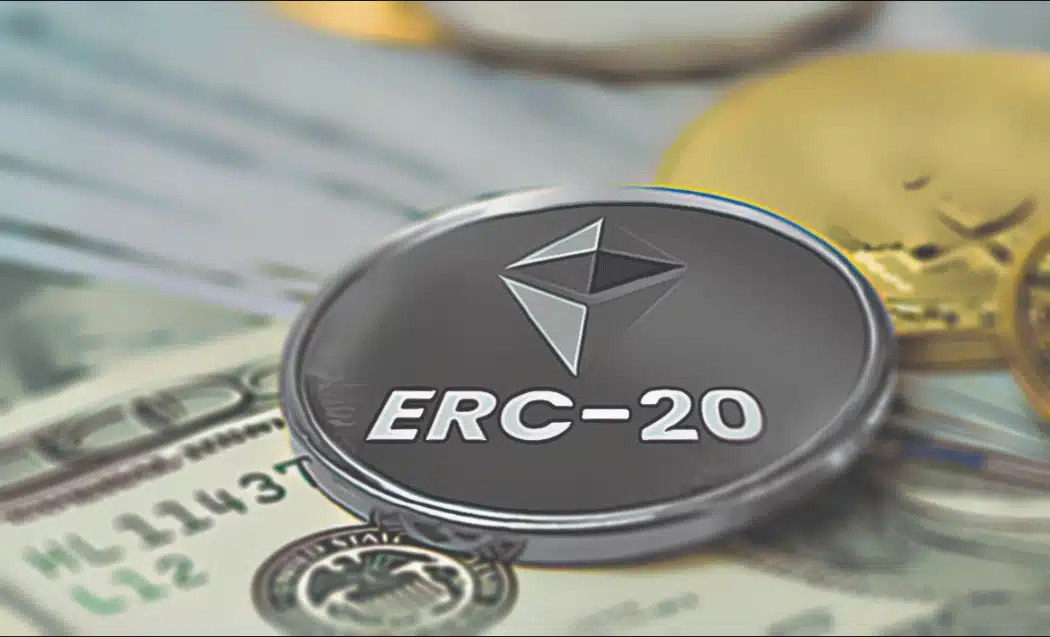
ERC20 wallets are electronic wallet platforms trusted by many financial investors. In terms of functionality, ERC20 wallets are no different from regular electronic wallets. Moreover, ERC20 wallets are evaluated to have extremely high security, with a tightly and professionally maintained network security system.
Notable Features of ERC20 Wallets
ERC20 wallets stand out with the following features:
- Fast Transaction Processing: ERC20 supports transaction information processing at the fastest possible speed.
- Flexible and Professional Updates: The features of ERC20 electronic wallets are often updated regularly, ensuring flexibility and professionalism for users.
- High Security: With a tightly maintained network security system, ERC20 provides high security for users.
- Good Liquidity: ERC20 is known for its high liquidity, making it easy for users to conduct transactions conveniently.
Popular ERC20 Wallets
To store ERC20 tokens, you can use several popular wallet types:
- My Ether Wallet (MEW): MEW is one of the most popular online electronic wallet types today. However, the security of MEW has encountered issues, and many users have been hacked, losing their tokens. To address this issue, you should consider integrating other types of electronic wallets.
- ImToken: This is a type of wallet designed for use on smartphones. ImToken has developed versions for both iOS and Android operating systems. According to user reviews, ImToken is considered one of the safest wallets for storing ETH and ERC20 tokens. Especially, mobile applications often have high security levels, especially on the iOS operating system.
- Mist and Parity: These are two types of electronic wallets installed on computers.
What are ERC20 Tokens?

A token is a type of cryptocurrency that depends on the platform of another cryptocurrency and has a wider range of uses compared to coins. For example, BNB (on the Binance Chain platform), USDT (on the Ethereum platform), Dai (Ethereum platform), Maker (Ethereum platform), etc.
ERC20 tokens are tokens created on the Ethereum Blockchain platform and comply with the ERC20 standard.
Currently, there are thousands of ERC20 tokens listed on Coinmarketcap, including types such as Dai, Maker, OKB, Aave, USDT, etc.
Advantages of ERC-20:
- Interchangeability (Fungible token): ERC-20 tokens are interchangeable and can be used for flexible exchanges, making them widely accepted as a form of currency.
- Flexibility: ERC-20 tokens can interact with smart contracts, opening up various application opportunities such as trading on AMM platforms, staking, farming, and many other applications.
Disadvantages of ERC-20:
- Scam Risks: The ease of creating ERC-20 tokens also facilitates many scam projects. Users need to be cautious and thoroughly research before investing in DeFi projects.
- Scalability: The ERC-20 standard operates only on the Ethereum network, and with Ethereum facing scalability issues, ERC-20 token transaction activities may be affected. High transaction fees on Ethereum also lead users to switch to Layer 2 networks with lower costs.
How to Create ERC20 Wallet?
Currently, ERC20 wallets are widely used, and the process of creating a wallet is very simple, including the following steps:
Step 1: Choose the platform on which you want to create the wallet.
Step 2: Access the official website of that platform and select “Add Wallet.”
Step 3: Search for the Ethereum icon on the search bar and click “Create Wallet.”
Step 4: Name the wallet as you wish and click “Create.”
Step 5: Complete the system requirements to finalize the creation of the ERC20 wallet.
Note that you should choose a unique wallet name to avoid duplication with other users, and the wallet password must be highly secure to prevent attacks from hackers.
Conclusion
This article has provided comprehensive information on what is ERC20 and a simple guide on how to set up an ERC20 wallet. It is hoped that with this knowledge, you will have a better understanding of ERC20 wallets. Keep following for more useful information from us!
Have you ever used an ERC20 wallet? Feel free to leave a comment below!

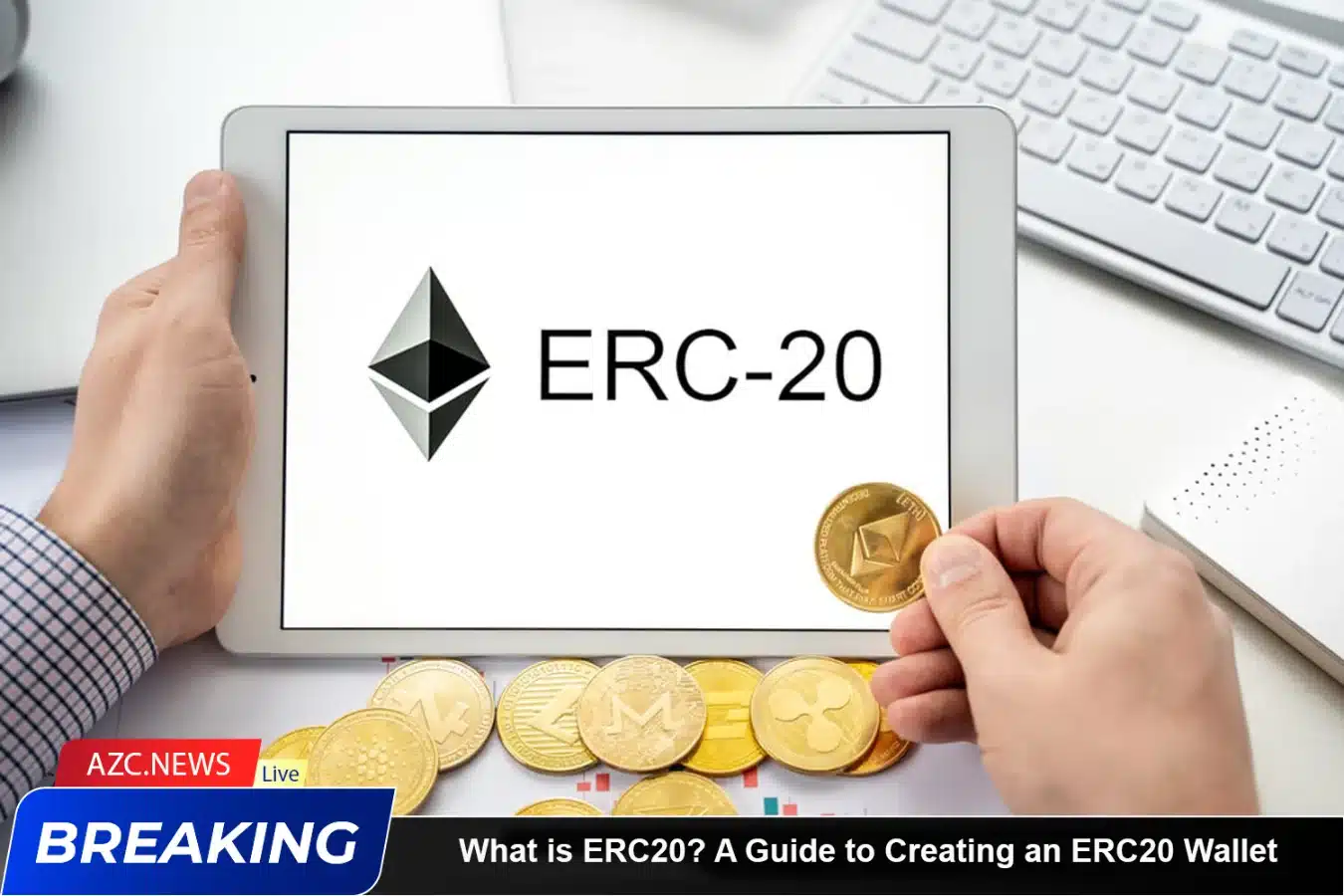
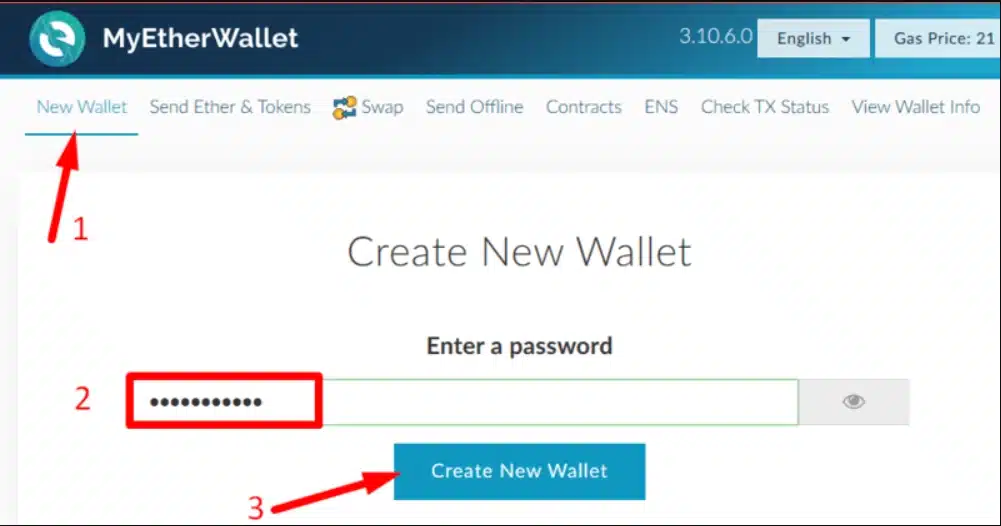






AZC TO THE MOON ONE LOVE TEAM PLZ WE NEED NEWS MY TEAM ARE ASKING EVERY DAY WHITELIST PLEASE
Great info